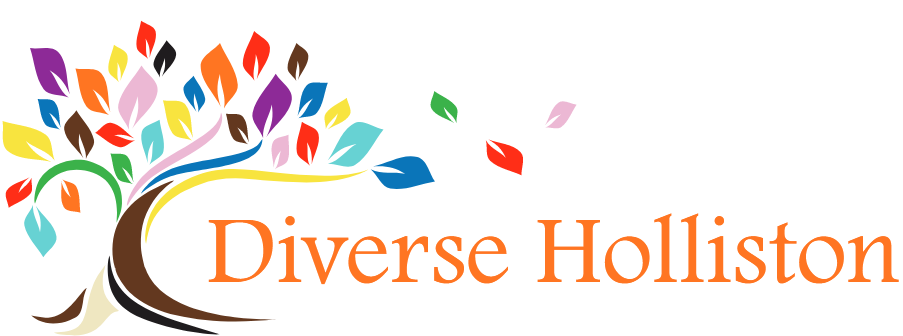Holliston will vote on 18 open seats for boards and committees on May 21 (learn about the various ways you can cast your ballot). Three of these seats are contested, with multiple individuals running: Select Board, School Committee, and Planning Board.
At the May 1 Diverse Holliston Community Lab, we discussed town governance and brainstormed ideas about how to increase voter participation in our town. We also discussed what we look for when considering how to cast votes in town elections. Here are some suggestions to help you make informed choices at this year’s ballot box:
Consider representation: Holliston is no different than higher levels of government all across the nation, in that women, people of color, LGBTQ+ people, immigrants, people from lower income brackets, and non-Christians are underrepresented in positions of power. These groups have voiced that they feel less welcome and included in our town, and so lifting up candidates from these groups can be an important way to meet the needs of those we have missed. While identity should NOT be the only variable to consider, it is important to consider giving candidates from underrepresented groups a close look, as even our own biases can interfere with who we think looks or sounds like the best person for the job.
Seek out open-mindedness and collaboration: look for candidates who express an openness to new ideas and to collaboration with community members. Many people from underrepresented groups in our town have told us they experience a lack of engagement and collaboration from board and committee members when decisions are being made. It was important to consider candidates who will appreciate that they will not have all the answers and will therefore consider what groups might need to be directly invited to the decision making table.
Look for a record of support for diversity, equity, and inclusion (DEI) initiatives: the strategic planning committee for Holliston has identified DEI as an important value for our town going into the future. A candidate’s previous engagement or lack thereof in DEI initiatives is important information for us to consider. This is of course not limited to engagement with Diverse Holliston, but rather how candidates have handled themselves when issues of DEI came across their desk (for incumbents) or how they have engaged with boards or committees as a citizen around issues of DEI. If candidates have been engaging with Diverse Holliston, it would be important to consider whether this engagement existed prior to running for office.
Check your biases: some biases that we acknowledged are the tendency to feel drawn toward candidates who look, talk, and act the part of an elected official, for example, valuing the candidate who is the ‘best speaker’ or who seems outgoing or well-polished. Candidates for whom English is a second language, or for whom public speaking or expressive language are challenging would all be disadvantaged by this bias. We want to correct for this by engaging with all forms of campaign materials that candidates share, and by looking at their ideas and values rather than how well they express themselves verbally.
Another bias to consider is resource allocation. It is expensive to run for office, even on the local level. Unfortunately, this might mean that candidates with the most financial resources or job flexibility will be able to run a more visible campaign. Socio-economic status and income level should not be a factor in deciding who is the best person for a job. Signs and Facebook ads can get the word out that someone is running, but we should be careful not to feel pulled by who has the most visibility, as that may simply indicate who has the most time and money.
